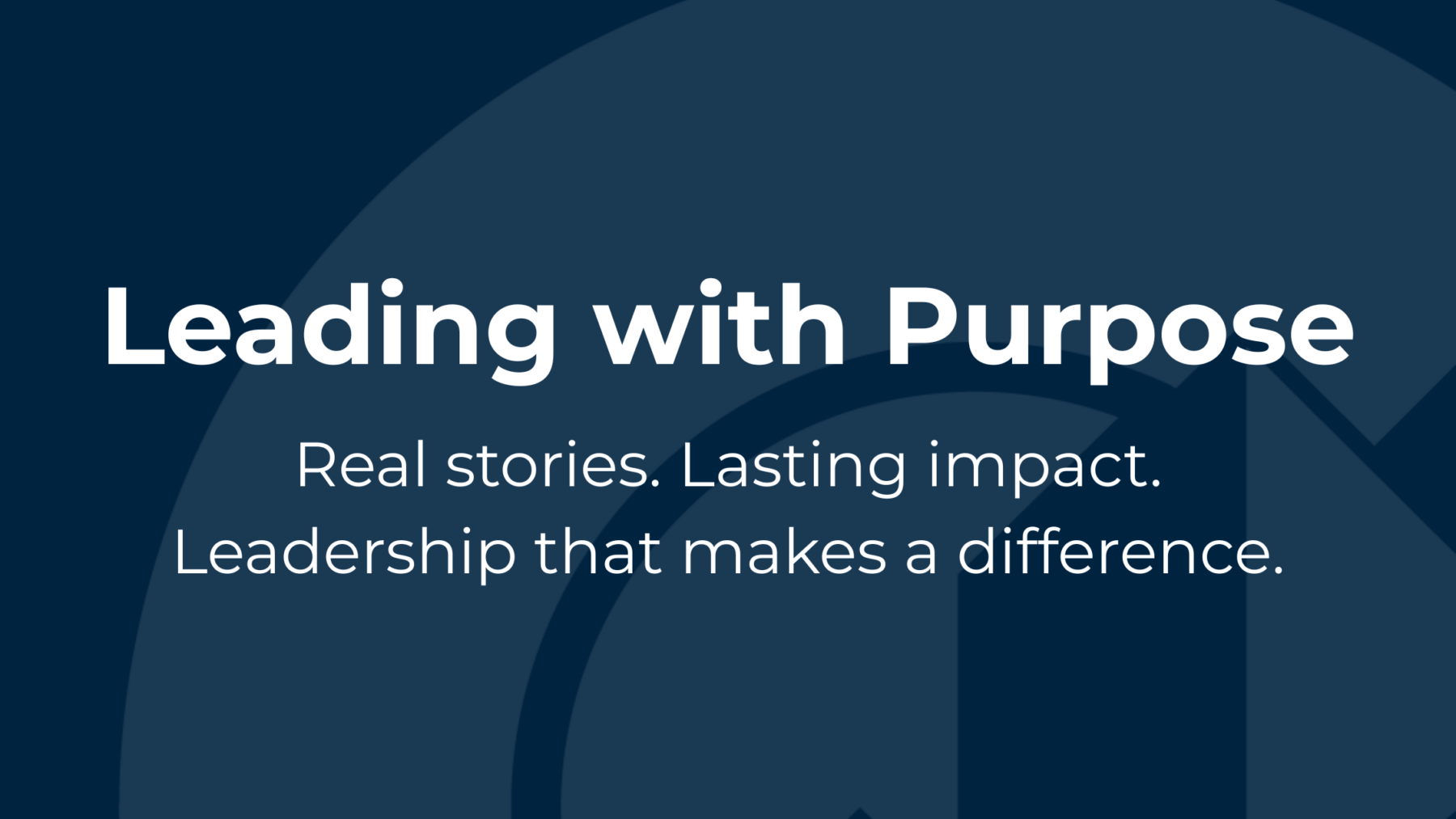So much of what we’ve been through during this pandemic has been unpredictable and the directives of how to best manage this time have been changing quickly. This next phase is a critical one as we all consider reopening our workplaces. This is a moment where we really need and want to make the right decisions.
I know every one of us is considering how to ensure we don’t increase the spread of the virus and keep our employees and customers safe. We want you to have the best thinking about how to do just that.
Get feedback from your team. Information is key to moving forward, and listening to the issues, challenges and concerns employees have will help shape your best strategy. Find out who among the staff believes they can return to work, what concerns they have, and their suggestions for creating a safe workplace. Remember that the lack of child care is presenting challenges for employees with young children. Other employees may not feel safe because they are among our vulnerable populations or caring for immediate family members who fall into those high-risk categories. These positions need to likely stay working remotely if possible, and you may need to try to find other strategies that would allow you to support them. You’re going to want to know the revised rules for paid family and medical leave before you start these conversations.
Assess who needs to come back. Even if employees want to come back into the office, should they? The state’s Safer-at-Home phase still encourages people to stay home as much as possible. At the Chamber, many of our teammates have been able to be productive working remotely or working remotely most of the week. We will continue to conduct a great deal of work remotely, which also helps protect those who start going into the office.
Rethink your workplace from beginning to end. Think about how your team gets to work – we provide EcoPasses for our team and many use them. RTD has implemented several steps to keep passengers safe, but if you have employees who are concerned about taking the bus or light rail, explore other options that might feel even safer.
Clean like you’ve never cleaned before. Ensure your space is cleaned daily and you’re disinfecting your workplace in compliance with recommendations. The Centers for Disease Control and Prevention has a webpage dedicated to helping employers clean and disinfect. Work with your teams who clean your space to consider every point of touch in your space.
Reduce touch points and create space between people. Before you open the doors, think about reducing the need for touchpoints, like elevator buttons and closed doors, and redesigning common spaces and high traffic areas. Some ideas are to prop open doors to bathrooms (ensuring privacy isn’t an issue of course), stagger work times, provide barriers in smaller workspaces or re-assign workspaces to distance employees.
Protect the health of the team. Coming to work with a fever was a bad idea before. Now, it’s critical that none of us comes to work with one. Have every employee take their temperatures when coming in and answer key questions about their health before they enter the office – these steps are what many essential work places, like our hospitals, have been doing for the past six weeks. Require employees to wear masks at work – we have bought masks for our team to wear when they are in the office. The state released a helpful video to show how to set up your workplace to take temperatures.
Advise employees on how to keep their families safe after coming into work. The American Medical Association has recommendations for doctors that might be useful for all workers returning home from work.
We are so grateful that several of our members have released guides to help employers prepare their workplaces or to share what they have done as essential employers during this time:
- Kroger – Sharing What We’ve Learned: A Blueprint for Businesses
- Cushman & Wakefield – Recovery Readiness: A How-To Guide for Reopening Your Workplace
- JLL COVID-19 Re-entry: Strategically Prepare Your Buildings, Space and People
- JLL Tenant Needs in a Post-Pandemic World
Last week, we hosted a webinar on workplace re-entry that included a presentation from Betsy Markey, executive director of the Colorado Office of Economic Development and International Trade, on the state’s Safer-at-Home guidelines and requirements. View a recording and the presentation.
Tonight at 6:30, tune in to a Denver7’s COVID-19 Town Hall where I, along with Denver Mayor Michael Hancock and others panelists, will explain state and local health orders and their impact on businesses. Learn more.
In the end, we’re all dedicated to one goal – stopping the spread of this pandemic so we can really get back to work. What’s clear is this is the moment, as we slowly begin that process, when we MUST get it right. We all know we need to make some changes to how we do business to keep our employees and our customers safe and stop the spread of the virus. Let’s be smart together about how we do this. If you have resources on this topic, please send them to us at communications@denverchamber.org, and visit denverchamber.org/covid for more information and our upcoming webinars.
Kelly Brough is the president and CEO of the Denver Metro Chamber.



